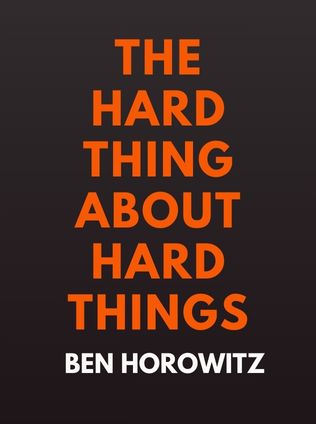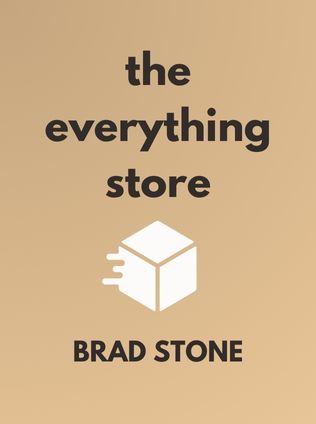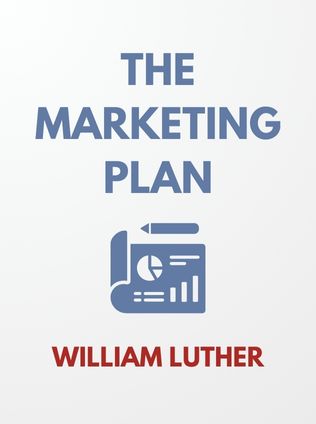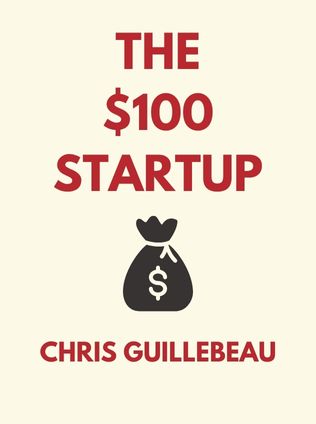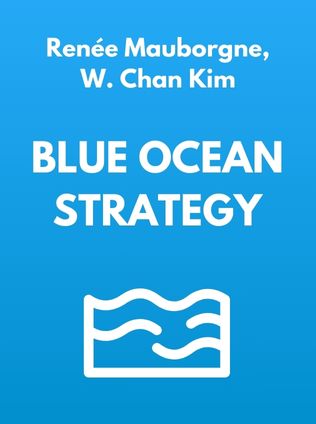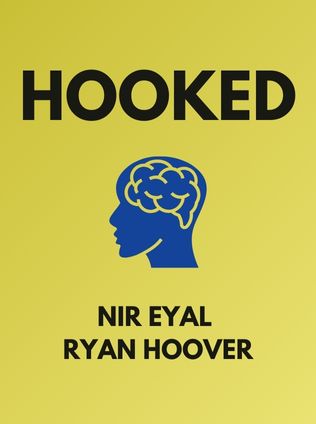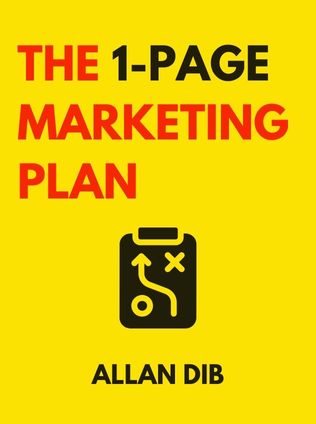
The 1-Page Marketing Plan
Get New Customers, Make More Money, And Stand Out from the Crowd
By Allan Dib
Published 05/2018
About the Author
Allan Dib is a serial entrepreneur, rebellious marketer, technology expert, and #1 bestselling author. Dib has a remarkable ability to distill complex marketing strategies into simple, actionable steps. He has helped numerous businesses and entrepreneurs around the world grow rapidly and build significant value. His book, "The 1-Page Marketing Plan," is a testament to his expertise and ability to convey practical marketing wisdom in an accessible format. Al Ries, author of "Positioning: The Battle for Your Mind," praises Dib’s book: "Everybody knows marketing is getting too complicated. Allan Dib solves that problem with his brilliant new book. Read it and simplify your life."
Main Idea
In "The 1-Page Marketing Plan," Allan Dib contends that the key to business success lies in mastering marketing, not just technical skills. He argues that professionals should not just wing it; they need to ensure that their efforts make the biggest impact, particularly through effective marketing. Dib presents marketing as a journey, guiding potential customers from ignorance of your existence to becoming enthusiastic, loyal fans. He outlines this journey in three distinct phases: Before, During, and After, each with specific goals and strategies to attract, convert, and retain customers.
Table of Contents
- Introduction
- The "Before" Phase
- Selecting Your Target Market
- Crafting Your Message
- Reaching Prospects with Advertising Media
- The "During" Phase
- Capturing Leads
- Nurturing Leads
- Sales Conversion
- The "After" Phase
- Delivering a World-Class Experience
- Increasing Customer Lifetime Value
- Orchestrating and Stimulating Referrals
- Conclusion
Analyzing and Explaining Each Idea
The "Before" Phase
The "Before" phase focuses on making potential customers aware of your business. Dib emphasizes the importance of selecting a specific target market and crafting a compelling message that resonates with this audience. By concentrating on a narrow market, businesses can become a "big fish in a small pond," which is crucial for dominating a specific category.
Selecting Your Target Market: Dib advises against trying to serve the widest possible market. Instead, he compares this scattergun approach to an archer shooting arrows in every direction, hoping to hit a target. A focused, narrow market allows for more precise marketing efforts, leading to better returns on investment. For example, a local bakery specializing in gluten-free products will likely attract a dedicated customer base more effectively than a bakery that tries to cater to every dietary preference.
Crafting Your Message: Dib stresses the importance of a unique selling proposition (USP). Your USP should answer the question: "Why should I buy from you rather than from your nearest competitor?" Without a clear USP, marketing becomes an uphill battle. Dib uses the example of a coffee seller; merely saying "I sell coffee" is not enough. The message must highlight what sets the business apart, such as "I sell the freshest, organic, fair-trade coffee in town."
Reaching Prospects with Advertising Media
Advertising media are the channels through which you communicate your message to your target market. These channels can be expensive, so they must be selected and managed carefully to ensure a good return on investment (ROI). Dib highlights several types of media, including radio, direct mail, telemarketing, the Internet, and TV.
“What gets measured, gets managed.” – Allan Dib
To measure the success of a marketing campaign, Dib advises businesses to assess whether the campaign made more money than it cost. This evaluation helps in understanding the ROI. For instance, if a marketing campaign costs $1,000 but generates $5,000 in revenue, it is considered successful. Conversely, if the cost exceeds the revenue generated, the campaign is deemed a failure.
The "During" Phase
The "During" phase involves engaging with leads—people who know your business and have shown interest in your offerings. This phase aims to convert these leads into first-time buyers.
Capturing Leads: Capturing leads is critical for future follow-up. Dib points out that only a small percentage of interested leads are ready to purchase immediately. By capturing and storing these leads in a database, businesses can build a pipeline for future sales. The goal of advertising should be to identify interested prospects rather than make an immediate sale. For example, an online course provider might offer a free webinar to capture leads, nurturing these prospects over time until they are ready to purchase a full course.
Sign up for FREE and get access to 1,400+ books summaries.
You May Also Like
The Lean Startup
How Today's Entrepreneurs Use Continuous Innovation to Create Radically Successful Businesses
By Eric RiesThe Ride of a Lifetime
Lessons Learned from 15 Years as CEO of the Walt Disney Company
By Robert IgerThe Hard Thing About Hard Things
Building a Business When There Are No Easy Answers
By Ben HorowitzThe $100 Startup
Reinvent the Way You Make a Living, Do What You Love, and Create a New Future
By Chris GuillebeauBlue Ocean Strategy
How to Create Uncontested Market Space and Make Competition Irrelevant
By Renée Mauborgne, W. Chan Kim










